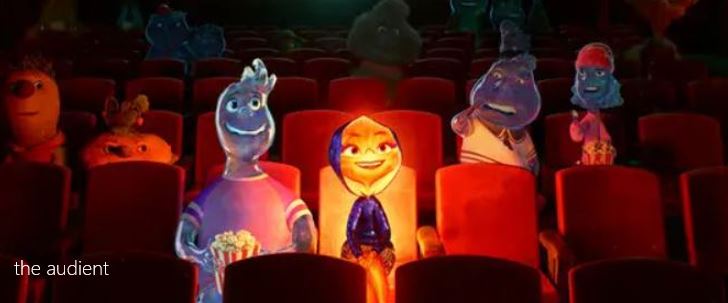Released about a year after I graduated high school and had my senior year Art of the Film class, The Player was the first new film I remember seeing that used techniques I had studied. And it started right at the start of the film, with the long tracking shot that is purposefully just a smidge longer than the tracking shot that opens Welles' Touch of Evil -- which it also references.
Blowing my mind further, it might have also have been the first film I saw that was about itself -- both about itself specifically, and about Hollywood and moviemaking generally.
Logically, it likely also would have taken my #1 spot if I had been raking movies back in 1992 -- which also means that Altman would have been the first (and so far only) director to have two #1s, assuming I had still honored Gosford Park with my personal top spot nine years later.
So how did it hold up on Friday night, when I saw it for the first time since 2009?
Pretty well I guess. I mean, very well, though I think some of its self-referentiality now feels a bit cheeky to me -- maybe because I've since seen so many other movies do such similar things. The Player in particular may be one of those films that impresses you most on a first viewing, when its cameos and its snake eating its own tail catch you by surprise.
The one new thing that I noticed? The film is a noir.
That may have been as obvious to seasoned film watchers back in 1992 as the opening tracking shot, but back then, I had watched few if any noirs. (We must have seen one in Art of the Film, though I don't have the syllabus for that course handy.)
But indeed, Tim Robbins' Griffin Mill meets many of the definitions of a noir hero, a man who accidentally commits murder and then is constantly squirming to avoid detection. There's a femme fatale (Greta Scacchi's June Gudmundsdottir) and law enforcement swirling very close to the truth the whole time -- so close that basically the only thing preventing them from making an arrest is the lack of reliable witnesses or evidence. Mill even wears the kind of suit the whole movie that a classic noir hero might wear -- I might be wrong about this, but I think the only time we don't see him in his suit is a couple times he's naked, and one time he strips off his pressed shirt to reveal a tank top undershirt.
Another thing that occurred to me was that John Cusack was pretty game to play himself at the movies. I don't think I've previously made the connection that he does so both in this and in Adaptation ten years later -- that's two personal #1 movies, in theory, if I had been making my lists back in 1992. (I just did a quick scan of his filmography on IMDB, and it does not appear he's ever done this again.)
Maybe it would be an interesting project, once I'm done with revisiting my #1 movies from 1996 through 2021 and ranking them, to determine what would have been my #1 for all years dating back to when I first saw Star Wars in 1977. It will always only ever be an unofficial list, of course, but hey, unofficial lists certainly work when you don't have an official one.


No comments:
Post a Comment